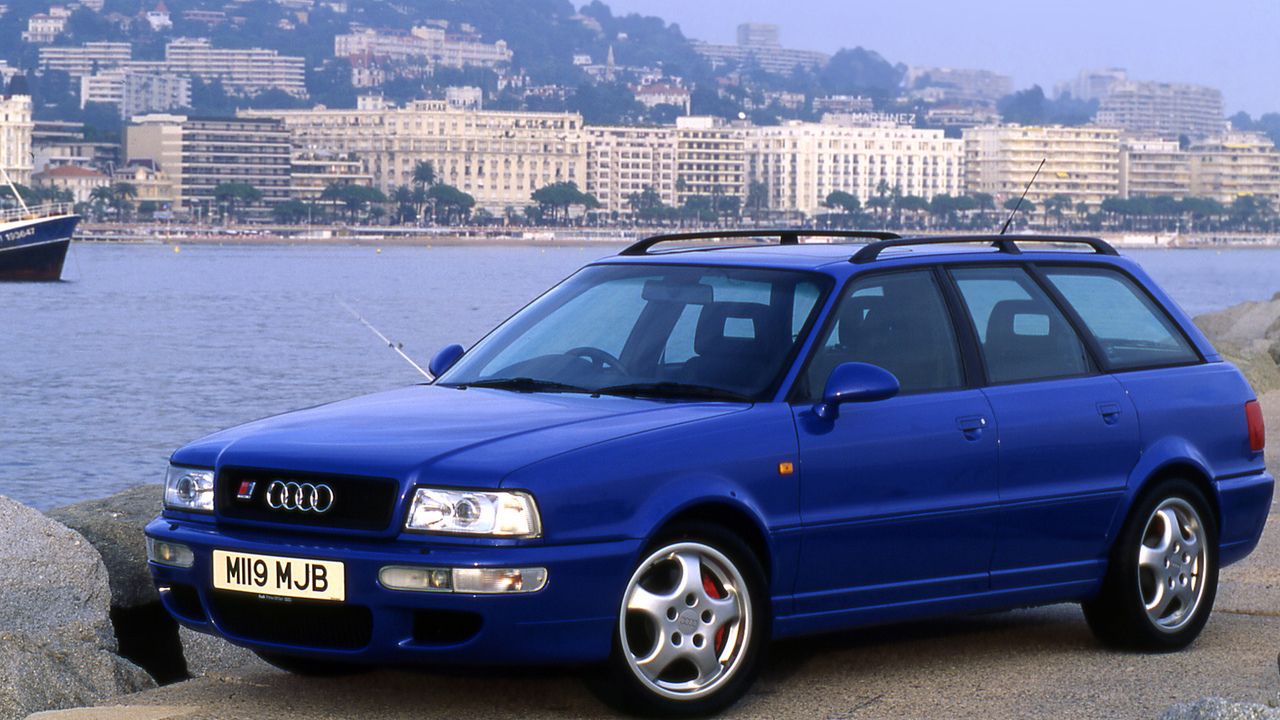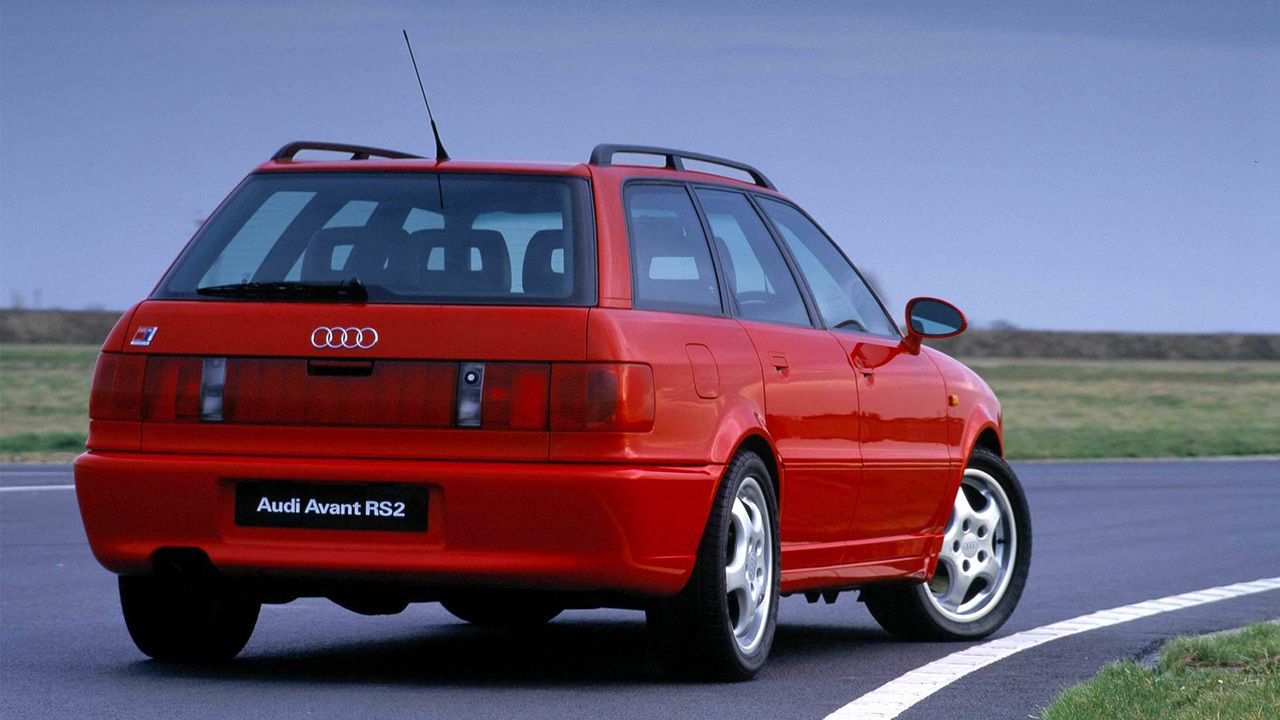Sports cars and supercars may be the ultimate expression of automotive engineering and performance, but sometimes, they attract too much attention. Their sleek designs mean they grab other drivers’ attention as well as the attention of law enforcement agencies. Drivers of these cars can feel awkward leaving them in car parks, and would sometimes rather slip under the radar. Not only this, but lower ride heights and exaggerated body kits can make these vehicles difficult to maneuver in the urban environment, with the associated width restrictions and speed humps.
Sleeper or Q cars as they are also known provide an answer to these problems. While offering the same or even improved performance figures, they are packaged in much more discrete body styles. Wagons, sedans, and even SUVs can all offer sports-car-rivaling performance without provoking any sort of reaction from other motorists. Only a true gearhead would identify and appreciate these cars. These classic examples could match or outpace the sports cars of their time.
8 Audi RS2 Avant

Audi released the RS2 in 1994, and it was the first car to ever bear the now established “RS” nomenclature. The car was a joint collaboration between Audi and Porsche. Many OEM Porsche parts were used including, the aluminum wheels, the door mirrors, and brakes.

Audi stated that 0-60 mph could be achieved in 5.3 seconds and the car could go on to reach 163 mph. These performance figures were utterly jaw-dropping given they refer to a 1990s wagon. The relatively small 2.2-liter, turbo 5-cylinder engine put out a very respectable 311 hp.
7 Volvo V70 R

The first generation Volvo V70 R was produced between 1996 and 2000. The car was powered by a 2.4-liter inline-5 engine. The R was available with front-wheel drive or all-wheel drive and could be had with either a 5-speed manual or a 4-speed automatic.

Compared to the standard car, the R had a firmer suspension and a lowered ride height. The engine produced 269 hp and 0-60 mph took 7.4 seconds. The 20 valve engine facilitated a 152 mph top speed. To the uninitiated, there really was very little to distinguish the car from a standard load-lugging V70.
6 Mercedes-Benz 500 E AMG

Between 1990 and 1995, Mercedes produced a high-performance version of its W124 sedan. Thanks to a collaboration with Porsche, a 5.0-liter V8 was shoehorned into the engine bay of the mid-size sedan. The naturally aspirated unit produced 326 hp enabling a 0-60 mph time of 6.1 seconds.

The car’s top speed was an impressive 161.6 mph. During its production run, almost 10,500 examples were manufactured, of these over 1,500 were sent to the USA.
5 BMW M5 E28

The E28 was the first generation of M5 to be produced by BMW. The car was powered by a 3.5-liter inline-six engine producing 286 hp. The 0-60 mph run took 6.5 seconds, and the car had a top speed of 152 mph.

Weighing 3150 lbs, the E28 had a great power-to-weight ratio of 11 lb/ hp. The car is a true sleeper, with little to no indications of the performance it is capable of. Only a very small lip spoiler and the M5 badges indicate this is a performance car.
4 Lotus Carlton

The Lotus Carlton was also known as the Vauxhall Carlton or Opel Omega due to badge engineering. It was in production between 1990 and 1992, during this time 950 examples were produced.

The car was fitted with a 377 hp, 3.6-liter, twin-turbo, straight-six. This enabled a 0-60 mph time of 5.1 seconds, and the car had an unrestricted top speed of 176 mph. The top speed exceeded those found on many of the German competitors, who were electronically limited to 155 mph.
3 Volkswagen Corrado VR6

The Volkswagen Corrado was heavily based on the Golf and was launched in 1988. In 1992, a spicier engine offering was introduced, a six-cylinder unit named VR6. The engine’s name combines the German for “V” and “Inline,” combining the best of these two engine styles. The reason for the fusion was the Golf’s relatively limited engine bay space upfront. Despite not being a premium-badged car, the VR6 still attracts attention due to its rarity.

The engine generated 193 hp, resulting in a 0-60 mph time of 6.7 seconds. On the rear, a deployable aerofoil spoiler could be found. This was retracted at low speeds and then raised when the car’s speed exceeded 45 mph.
2 Bentley Turbo R

Bentley produced the Turbo R between 1985 and 1999. Hiding under a classically styled, the reserved exterior was a real powerhouse.

The Turbo R replaced the Mulsanne Turbo as Bentley’s most powerful car. The “R” in the name stood for road holding, as various changes such as stiffening of the suspension had been made. Up front, the car housed a vast 6.75 liter, turbocharged V8. The rear-wheel-drive brute could go from 0-60 mph in around 6.5 seconds.
1 BMW M3 E30

BMW produced the M3 E30 generation between 1986 and 1991. The car was particularly significant, as it was the first version of the M3 ever made. The car was originally produced to meet Group A motorsport regulations, to allow homologation into the category. During the production run over 10,000 examples were sold, making it one of the best-selling homologation road cars.

Powering the M3 was a 203-hp naturally aspirated 2.3-liter 4-cylinder engine. Weighing around 2650 lbs, the car had a 0-60 mph in 6.7 seconds. Utilizing the performance, the car had a top speed of 146 mph.
Read Next
About The Author
.jpg?fit=crop&w=100&h=100)